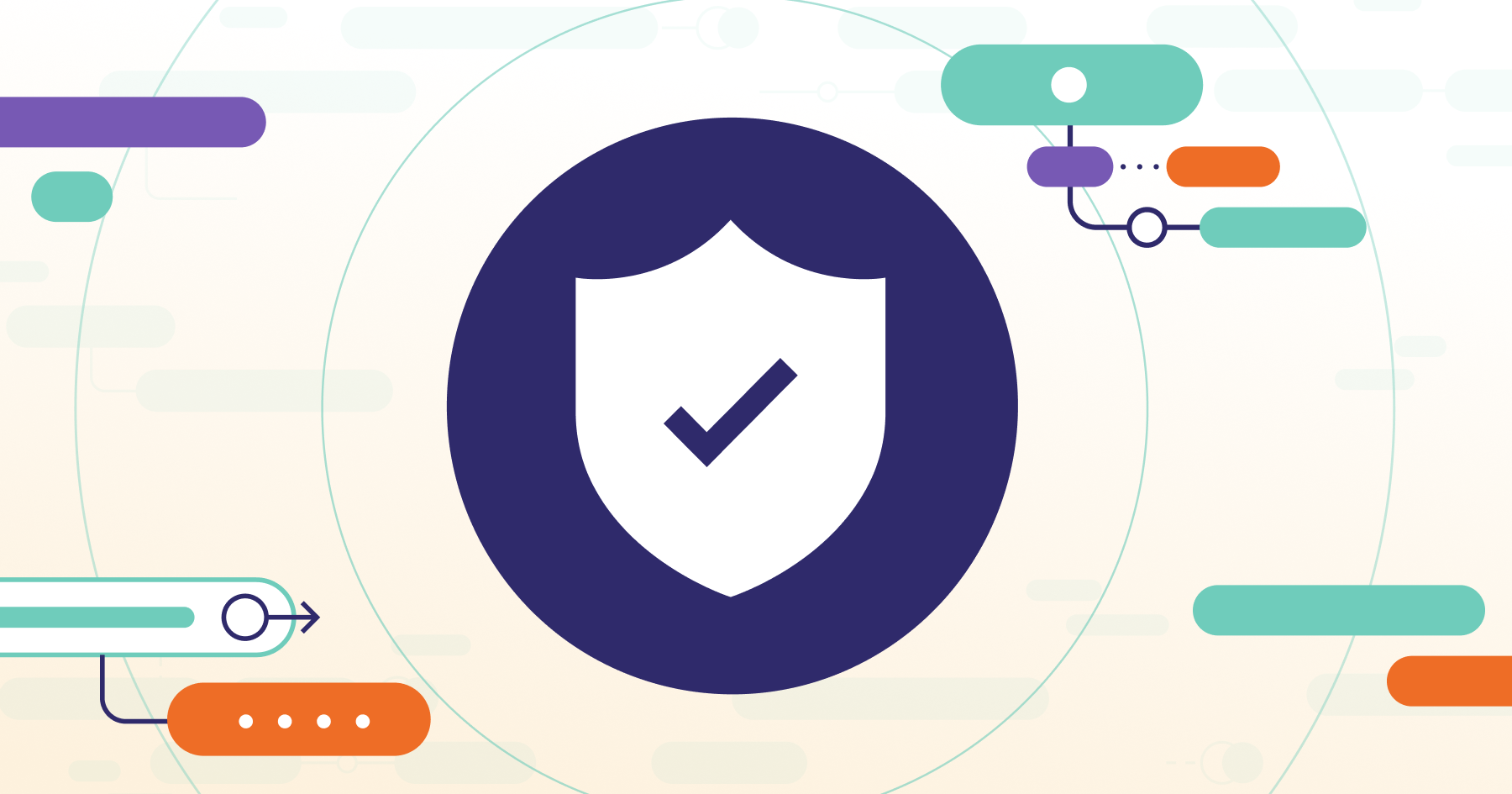By following the DevSecOps principles, companies can ensure their applications are safe from malicious actors while delivering value quickly and efficiently. In this article, we'll take an in-depth look at DevSecOps principles and how they can help organizations stay ahead of the curve in terms of security. Let’s dive in.
What is DevSecOps?
DevSecOps is an approach to software development that combines DevOps practices with security. This integration of security practices enables teams to create a secure and reliable product while delivering value quickly and efficiently. The successful execution of DevSecOps involves continuous integration, automation, and testing with the goal of accelerating time-to-market without sacrificing quality or security.
DevSecOps principles: An overview
DevSecOps principles enable a development team to build secure and dependable applications at speed through the execution of ingrained security testing and vulnerability scanning. By executing a DevSecOps approach, teams integrate security into the software development lifecycle (SDLC) from the initial design to continuous delivery and deployment. Doing so helps to prevent malicious actors from creating security issues by exploiting system vulnerabilities and reducing the overall risk of cyber attacks.
DevSecOps principles include:
Automation and integration
Automation and integration are core principles of DevSecOps. The automation of security processes eliminates manual processes and assists in the development of secure and dependable applications while reducing the risk of future malicious attacks. You can set up and run security measures at multiple points during the development cycle to simplify and maximize security practices through the application of continuous security.
Continuous delivery and deployment
Continuous delivery and deployment is another process that allows teams to respond to potential threats quickly and protect their software supply chain from malicious actors. Continuously deploying applications using automated processes makes it possible to rapidly develop new features and products while ensuring application security and quality.
A collaborative approach to security
Security is a fundamental part of DevSecOps. Ensuring that applications remain secure and reliable requires a highly collaborative approach with ongoing and multiple security checks. It is necessary for all stakeholders involved in the development process to be engaged in the security process.
Security teams must work with developers to ensure that applications are designed with appropriate security controls and minimum security vulnerabilities. Simultaneously, for applications to get deployed and monitored securely, operations need to collaborate with security teams. This cross-functional collaboration ensures that all phases of the SDLC are interwoven with security best practices, resulting in a more resilient codebase.
Security at every stage of the SDLC
Employing security at every stage of the SDLC ensures the efficient development of secure applications without sacrificing quality. It is essential to cover every stage of the lifecycle from design to development, and deployment.
For the process to be effective, developers must design applications with appropriate security controls, and operations teams should deploy and monitor them securely.
Proactive monitoring and response strategies
Proactive monitoring and response strategies are essential for maintaining the security of applications throughout their lifespan. Monitoring is achieved through the deployment of automated tools that identify potential vulnerabilities and alert teams when they arise.
Doing so helps to minimize risk and ensure consistency across the organization. The employment of a comprehensive response strategy allows for issues to be identified and solved before they compound into security risks.
Benefits of implementing DevSecOps
Implementing DevSecOps offers numerous benefits to organizations:
- It helps create trust with customers by providing more secure software.
- It prevents malicious actors from exploiting system vulnerabilities and improves the security of systems.
- The DevSecOps methodology enables teams to deliver value quickly while ensuring the highest levels of security and adherence to compliance requirements.
- By integrating security practices into the software development pipeline from design to deployment, teams can identify and address potential risks promptly, thus reducing the risk of malicious attacks.
- DevSecOps helps organizations stay ahead of potential threats and remain competitive in their markets.
Implementing DevSecOps is essential for any organization looking to protect its systems from malicious attacks while delivering value quickly and efficiently. Additionally, integrating security into the entire software development lifecycle ensures that all new applications are secure from the very beginning. Instilling a DevSecOps culture and approach maximizes the overall efficiency and quality of the software development process.
Next steps
Application security in the digital age
Read our survey findings from more than 5,000 DevSecOps professionals worldwide for insights on how organizations are grappling with increasing attack surfaces and changing attitudes towards security and AI.
Read the reportRead our survey findings from more than 5,000 DevSecOps professionals worldwide for insights on how organizations are grappling with increasing attack surfaces and changing attitudes towards security and AI.
Frequently asked questions
Key takeaways
- DevSecOps integrates security into the software development lifecycle, helping to reduce security issues without delaying delivery.
- Automation in DevSecOps boosts security, streamlining threat detection and response.
- Collaboration in DevSecOps shares the responsibility for security and fosters a unified approach to secure, rapid software development.

